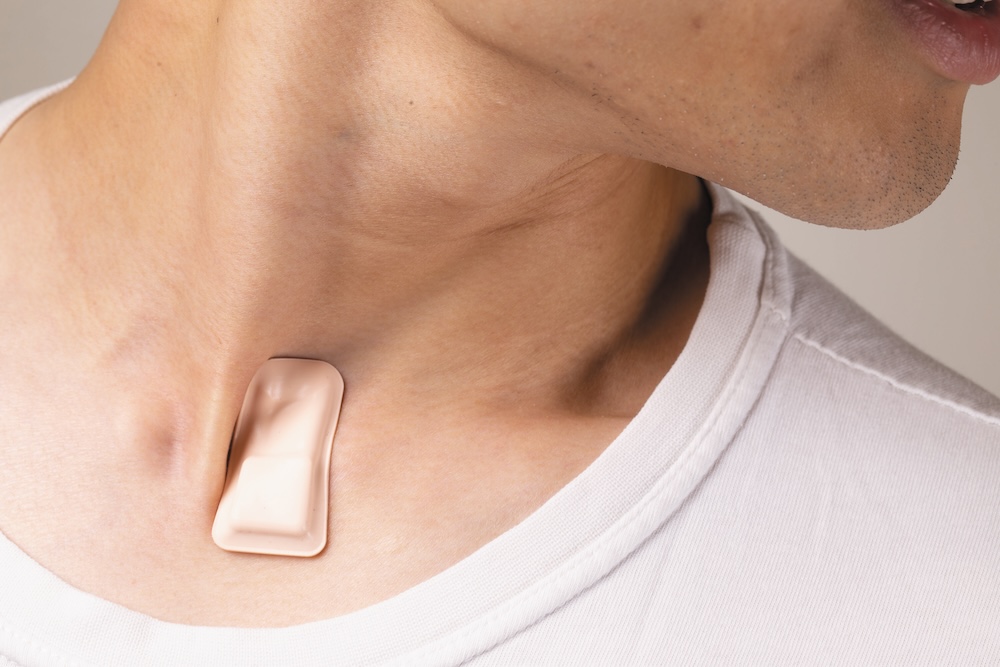
By rotating special magnetic nanoparticles injected into brain tumors, a team of scientists led by Northwestern Medicine neurosurgical oncologist Maciej (Matt) Lesniak, MD, successfully damaged tumor cells in animal models.
The findings of this feasibility study, published in the Journal of Controlled Release, demonstrate an innovative and non-invasive approach to cancer treatment.
“What distinguishes these nanoparticles from others is that they have a magnetic dipole, a property that allows them to rotate along the axis,” said Dr. Lesniak, the Michael J. Marchese professor and chair of Neurological Surgery. “When we apply a magnetic field externally, these nanoparticles spin. We made the nanoparticles attach to the surfaces of cancer cells and then induced the spinning to mechanically destroy the cell membranes.”
Nanoparticles are a promising therapeutic option for cancers such as malignant brain tumors that are resistant to commonly available treatments.
“Most cancer therapeutics – chemotherapy, radiation – focus on DNA damage, which cancer cells often find a way to overcome,” Dr. Lesniak explained. “Using mechanical force is a very different way of thinking about cancer treatment.”

Unlike other nanoparticles that rely on heat, light or chemicals to work against cancer, the magnetic particles were designed so they would not impair normal cells in the process. To make sure they can target cancer cells, the particles can be equipped with an antibody that recognizes a receptor expressed only on cancer cells.
The scientists then injected the nanoparticles into the brain and applied a low-frequency, rotating magnetic field. The spinning nanoparticles created enough force to damage cancer cell membranes and jump-start apoptosis (programmed cell death) in brain tumors. The method reduced tumor size and prolonged the survival rate of mice, without adverse affects. This study was the first to show that oscillating magnetic nanoparticles could slow cancer in vivo.
“I think this has applications to many types of cancers, from brain tumors to breast cancer,” said Dr. Lesniak, who is the program leader for neuro-oncology at the Robert H. Lurie Comprehensive Cancer Center of Northwestern University. “As long as there’s a specific target, you can take advantage of the nanoparticle’s mechanical properties.”
Before the strategy can be tested in humans, the scientists need to determine appropriate dosing for the nanoparticles, a challenge that will require mathematical modeling to understand the logarithmic growth of cancer cells. Future research also needs to explain how the particles clear from the brain.
“As long as the nanoparticles stay in the brain, we can repeat the application of the external magnetic field, even on a daily basis,” Dr. Lesniak said. “But we have to figure out how often we should do this, as well as the optimal strength of the magnetic field and the best way to deliver these nanoparticles.”
The scientists are already in the process of answering these questions. In another recent paper, published in PLOS ONE, Dr. Lesniak’s group explored how neural stem cells can enhance nanoparticle delivery to tumors.
This study, conducted in collaboration with Russell Cowburn, PhD, from University of Cambridge, was supported by National Institute of Neurological Disorders and Stroke grant R01NS077388.






